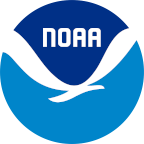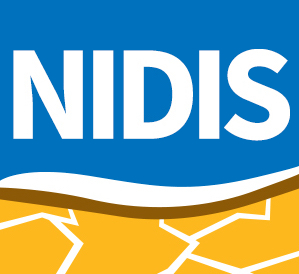Drought Assessment in a Changing Climate Pre-Workshop Webinar

The objective of this webinar was to provide initial context and scientific background for understanding drought assessment challenges in the face of climate change, including the current state of the science and common terms (e.g. drought assessment, aridification vs. drought), and an understanding of what’s at stake when drought assessment does not keep pace with a rapidly changing climate.
This webinar was a precursor to the Drought Assessment in a Changing Climate Technical Workshop, which will be held on February 28–March 1, 2023.
View Webinar Presentations
|
Time (MST) |
Agenda Item (and Video Recording Link) |
Speaker(s) |
|---|---|---|
|
11:00 am |
Welcome and Introduction and the Pathway to the Technical Workshop |
Britt Parker – NOAA National Integrated Drought Information System/CU Boulder, CIRES |
|
11:10 am |
Defining terms & contextualizing the problem: Why are we here? |
Dennis Todey – USDA Midwest Climate Hub |
|
11:20 am |
How do we assess drought now through the U.S. Drought Monitor? |
Brian Fuchs – National Drought Mitigation Center |
|
11:30 am |
Brad Rippey – USDA |
|
|
11:35 am |
Q&A |
Facilitator: Holly Prendeville – USDA Northwest Climate Hub |
|
11:40 am |
Trent Ford – University of Illinois/Illinois State Climate Office |
|
|
11:55 am |
Zach Hoylman & Kyle Bocinsky – University of Montana/Montana Climate Office |
|
|
12:05 pm |
Q&A |
Facilitator: Joel Lisonbee – NOAA NIDIS/CU Boulder, CIRES |
|
12:15 pm |
What are the observed and projected changes in climate in the Northeast? And how does it make drought assessment challenging, even in a place that is getting wetter? |
Art Degaetano – Northeast Regional Climate Center |
|
12:25 pm |
What are the observed and projected changes in the climate in the Southwest? And how does it make drought assessment challenging, in a place that is increasingly more arid? |
Andy Hoell – NOAA Physical Sciences Laboratory |
|
12:35 pm |
Q&A |
Facilitator: Dennis Todey – USDA Midwest Climate Hub |
|
12:45 pm |
Break |
|
|
1:00 pm |
How does non-stationarity impact temperature, evapotranspiration, and other drought indices? And how, in turn, does that impact drought assessment? |
Mike Hobbins – NOAA Physical Sciences Laboratory/CU Boulder, CIRES |
| 1:10 pm | Approaches to address non-stationarity in drought indicators and key take-aways from the literature review |
Joel Lisonbee – NOAA NIDIS/CU Boulder, CIRES |
| 1:25 pm | Q&A | Facilitator: Elizabeth Ossowski, NOAA NIDIS/CU Boulder, CIRES |
| 1:45–2:15 pm |
Series of Presentations from Management Agencies How are decision makers employing current drought assessments? Where are the gaps in knowledge that your organization/agency has identified? Why is a non-stationary climate consequential for decision making? Has your organization/agency already changed drought assessment in the face of non-stationarity and, if so, how? |
|
| 1:45 pm | Presentation from Southern Nevada Water Authority | Seth Shanahan – Southern Nevada Water Authority |
| 1:55 pm | Presentation from Bureau of Land Management | Paula Cutillo – Bureau of Land Management |
| 2:05 pm | Presentation from Bureau of Reclamation | Jim Prairie – Bureau of Reclamation |
| 2:15 pm | Q&A | Facilitator: Julian Reyes – USDA Climate Hubs |
| 2:25 pm | Wrap up and pathway to the workshop | Julian Reyes – USDA Climate Hubs |
Questions
If you have questions about the technical workshop or the pre-workshop webinar, please contact Britt Parker or Elizabeth Ossowski.












